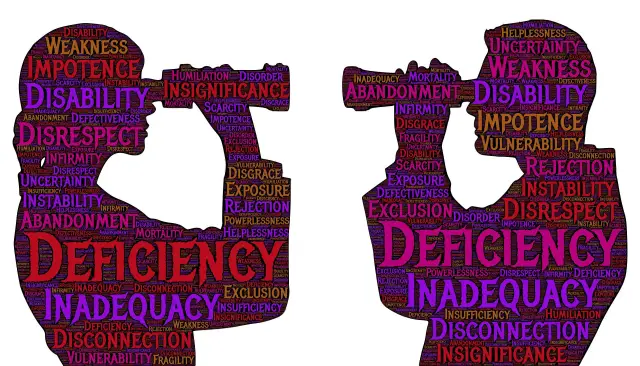
Decoding Insecurity: 5 Signs and How to Navigate
Insecurity, a common human experience, can manifest in various ways, impacting both the individual and their relationships. Recognizing the signs and understanding how to navigate interactions can be crucial. But firt, what is insecurity?
Insecurity Definition
Insecurity is a feeling of uncertainty and self-doubt that affects everyone to varying degrees. It can impact self-esteem, relationships, and decision-making. While normal, it can be addressed through self-awareness, self-compassion, and seeking help if needed. Remember, you’re not alone.
How Do I know I Have an Insecurity Problem?
People With Insecurity can be seen by these 5 signs
- Validation Cravers: These individuals constantly seek external validation to bolster their self-esteem. They may fish for compliments or reassurance, often appearing insecure.
- Defensive Shields: When faced with criticism or challenges, insecure people often raise their defensive shields. They might react with anger, hostility, or justification, stemming from a sense of being attacked.
- The Comparison Trap: Insecure individuals frequently compare themselves to others, seeking to measure their own worth. This can lead to feelings of inadequacy and low self-esteem when they perceive others as superior.
- Control Freaks: Driven by a fear of vulnerability and a need to feel in control, insecure people may exhibit controlling behavior. This manifests as difficulty delegating tasks and a constant need to manage situations.
- Sensitivity Overload: Insecure individuals tend to be overly sensitive to criticism or perceived rejection. They might take things personally, feeling easily hurt or offended, even with the slightest hint of negativity.
Navigating Interactions:
- Build Rapport, Not Interrogate: Engage in genuine conversations, asking open-ended questions like “Tell me more about yourself” or “How do you feel about this?” This fosters connection and understanding instead of feeling like an interrogation.
- Empathy and Compassion: Recognize that these insecurities may be hidden behind facades like arrogance or defensiveness. Treat them with compassion and understanding, respecting their unique experiences.
- Prove Trustworthiness, Not Competition: Demonstrate your reliability through your actions and open communication. This gradual process builds trust and shows that you’re not a threat but someone they can rely on.
- Encourage Self-Growth, Not Co-dependence: While offering support is commendable, encourage them to focus on their strengths and practice self-care. If needed, suggest professional help, but remember, their personal growth is ultimately their responsibility.
In conclusion, navigating interactions with insecure individuals requires patience, empathy, and understanding. By establishing trust, showing compassion, and providing constructive support, we can help these individuals overcome their insecurities and build stronger self-esteem. It’s important to create a safe and non-threatening environment where they feel valued and respected. With patience and support, we can foster positive relationships and empower individuals to develop a more confident and secure sense of self.